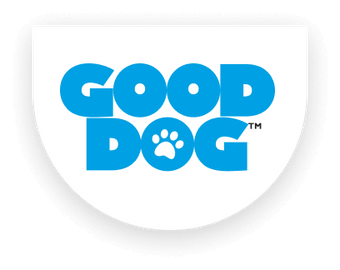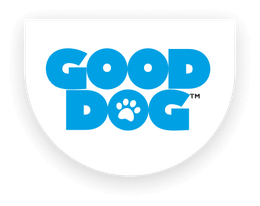Palatability in Dog Food: Why Your Dog Refuses One Bowl and Loves Another
Why does your dog devour one meal like a five-star buffet and then snub the next like it’s poison? The answer: palatability in dog food.
A technical word for how tasty, tempting, and satisfying your dog finds their food.
Let’s break down what makes your dog say “YUM” (or “NAH”), especially in the Indian pet parent context where home diets and weather play a huge role and how dry food can be improved, and what to do when your pupper turns up their nose at even the “best” meals.
What Is Palatability in Dog Food?
Palatability = how appealing food is to your dog based on its smell, taste, texture, and temperature.
It’s why your dog might technically have a bowl of the most nutritious, healthy dog food… and still skip it.
Because for dogs, taste always wins over nutrition.
In India, where many dogs are raised on home food like curd rice or chicken and roti, switching to dry food without thinking about palatability often backfires.
Why Palatability > Just Nutrition
You might be feeding premium pet food packed with human-grade ingredients, but if it smells weird or feels dry and bland, your dog isn’t going near it.
And the consequences of poor palatability?
-
Skipped meals
-
Low energy
-
Poor digestion
-
Dull coat
-
Weak immunity
Pet parents often panic and switch brands or force-feed, but the root problem might be the food’s taste or texture, not the food itself.
This is especially true for picky eaters or puppies still transitioning to puppy food from milk or soft diets.

What Actually Makes Food Tasty for Dogs?
1. Smell First, Always
Dogs have 40 times more scent receptors than humans. If it doesn’t smell meaty or fresh, they won’t touch it.
That’s why fillers or synthetic-smelling food often get rejected—even if it’s labeled “premium.”
Good dog food has a fresh aroma, pet parents have often described it – it smells like chocos! I can even eat it.
2. Texture is Key
Too hard? Too mushy? They’ll skip it.
Dogs love oven-baked dry food because it has a slow-cooked crunch and holds natural oils better than extruded kibble.
Good dog food is crunchy in texture which also helps with dental health.
Even within the category of pet foods, not all dry food is made the same—the cooking method changes everything.
Here’s something you need to bookmark Is raw feeding good for your dog
3. Temperature Matters
Serving food cold straight from the fridge? Big mistake.
Warm it slightly — not hot — to release aroma and mimic the warmth of fresh, home-cooked meals.
This little trick increases palatability instantly, especially for adult dog food that’s more dense and protein-heavy.
4. Ingredient Quality Counts
Cheap meat meals or artificial additives = bad smell = rejection.
Real meats, natural herbs, and fats = irresistible. Your dog can smell the difference.
Good dog is made with real and fresh ingredients to keep it nutritious and delicious for your pet .
So yes, investing in high-quality tasty food for dog options makes a big difference in the long run.
5. Climate & Dry Food Don’t Always Mix
In India’s dry heat or humid monsoons, kibble can go stale or feel unappetizing fast.
Try:
-
Adding warm water or broth
-
Mixing in a spoon of curd
-
Using moisture-lock containers

Why Your Dog Picks One Bowl Over Another
In just a few seconds, your dog’s brain decides:
-
Does this smell like food?
-
Is it something I know and like?
-
Is it fresh?
Many dogs also associate bowls and food textures with past experiences. A slippery stainless-steel bowl with a hard kibble? Nope.
A ceramic bowl with warm, softened puppy dog food? Much better.
How to Improve Palatability at Home
If your dog’s being fussy, try this:
-
Warm the food slightly before serving
-
Mix with bone broth or curd (just a spoon!)
-
Switch bowl type – wide and shallow bowls help
-
Try toppers – chicken shreds, boiled veggies, pumpkin mash
-
Rotate proteins occasionally within the same brand
A study by the Waltham Centre for Pet Nutrition found that dogs prefer food with higher aroma intensity. So yes, warming food isn’t just a hack — it’s science.
Read More:
- Is Raw Feeding Right For Your Dog?
- Is Your Pet's Itching More Than Just A Habit Or Is It Something In Their Diet?
- Can Nutrition Influence Your Dog's Behavior?






